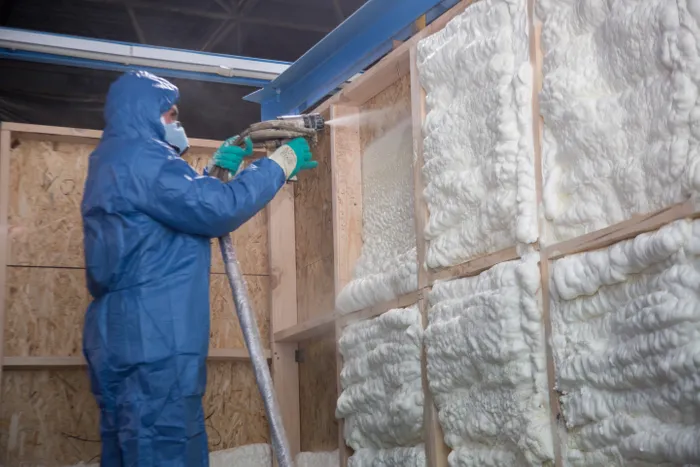Red flowers hold a captivating presence in the world of flora. Their fiery hues evoke passion, love, and strength, making them popular choices for bouquets, garden accents, and symbolic gestures. Today, we delve into a specific corner of this vibrant realm – the captivating world of red flowers whose names begin with the elegant letter “A.” Prepare to be dazzled by a diverse array of blooms, each offering a unique combination of shape, size, and symbolic meaning.
Unveiling the Allure of Amaranth (Amaranthus spp.)
The genus Amaranth offers a surprising duality, encompassing both ornamental and edible varieties. While amaranth grain has gained popularity as an ancient pseudo-cereal, the ornamental Amaranthus species hold a unique charm in the floral world. Unlike many flowers, Amaranth boasts tassel-like flowerheads, often adorned with hundreds of tiny florets. These captivating structures come in a range of colors, with vibrant shades of red taking center stage. The Amaranthus cruentus, commonly known as the love-lies-bleeding amaranth, exemplifies this with its deep, velvety red flowerheads that cascade gracefully down the stems. Interestingly, the amaranth held symbolic significance in certain Aztec cultures, representing immortality due to its long-lasting blooms.
A Celebration of Amaryllis (Hippeastrum spp.)
The Amaryllis (Hippeastrum spp.) is a showstopper, renowned for its bold trumpet-shaped blooms that trumpet color and cheer. Associated with festive occasions like Christmas and New Year’s, these captivating flowers come in a diverse color palette, with captivating shades of red holding a prominent place. The Hippeastrum vittatum, commonly known as the Jersey Lily, boasts fiery red blooms with contrasting white stripes, while the Hippeastrum miniatum offers a more uniform, velvety red magnificence. Beyond their festive associations, Amaryllis hold symbolic meaning of strength and resilience. Their ability to produce these impressive blooms from a seemingly dormant bulb signifies potential and determination, making them a fitting gift for those embarking on new endeavors. Amaryllis are also popular as cut flowers, their long-lasting blooms adding a touch of elegance to any arrangement.
A Tapestry of Other Red A-List Flowers
The floral alphabet extends beyond Amaranth and Amaryllis, offering a wealth of additional red gems beginning with the letter “A.” The Poppy Anemone (Anemone coronaria) captivates with its delicate, poppy-like blooms in shades of crimson and scarlet. These cheerful flowers add a touch of whimsy to borders and cutting gardens. Azalea (Rhododendron spp.) offers a completely different aesthetic, showcasing vibrant clusters of small, red flowers against a backdrop of glossy evergreen foliage. These compact shrubs are popular choices for foundation plantings and container gardens, adding a burst of color throughout spring. For a truly unique flower, the Anthurium (Anthurium andraeanum), also known as the flamingo flower, steps onto the scene. This tropical beauty features waxy, heart-shaped bracts in captivating shades of red, often complemented by a slender, yellow spadix. Anthuriums are prized for their long-lasting blooms and add a touch of the exotic to any indoor space.
A Palette of Red Awaits Your Discovery
Our exploration of red flowers beginning with “A” has merely painted a few strokes on a vibrant canvas. From the unique tassel-like structures of Amaranth to the bold trumpets of Amaryllis and the diverse offerings of Poppy Anemone, Azalea, and Anthurium, the letter “A” unveils a captivating selection of blooms perfect for adding a touch of fiery elegance to gardens and celebrations. Remember, the symbolic significance of red extends beyond mere aesthetics. Red flowers can represent passion, love, and strength, making them a thoughtful choice for various occasions. Let this be an invitation to delve deeper into the world of red flowers, both within the confines of the alphabet and beyond. With a little exploration, you’ll discover a vast palette of red wonders waiting to be appreciated.
- Care Tips: Briefly mention how to care for some of the flowers you’ve described. For instance, Amaryllis thrives with good drainage and bright, indirect sunlight. Amaranth prefers full sun and well-draining soil.
- Pollinators: Indicate which flowers attract specific pollinators. For example, Poppy Anemones attract butterflies and bees, while Anthuriums are pollinated by small flies.
- A Lesser-Known Gem: Briefly describe a lesser-known red A-flower like Angel’s Wings (Alstroemeria spp.) with its trumpet-shaped blooms or Autumn Crocus (Colchicum autumnale) with its delicate, cup-shaped flowers that appear in fall.








